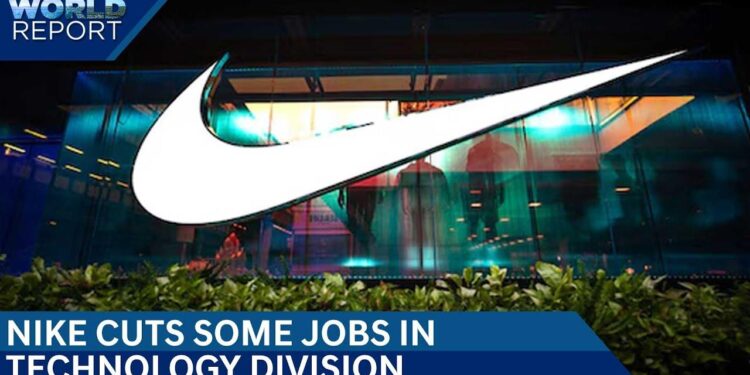Adapting to Change: Nike’s Strategic Shift in Technology
In a time when adaptability and innovation are crucial for success, even industry leaders like Nike face the challenges posed by rapid technological advancements. Recent developments have revealed that the renowned sportswear brand has opted to downsize its technology department, leading to significant job reductions as part of a strategic realignment. This decision reflects how companies across various sectors are responding to new challenges and opportunities in the digital landscape. In this article, we will examine the ramifications of these layoffs while considering Nike’s broader strategic objectives and the changing technological environment within the sports apparel industry.
Evaluating Workforce Changes in Nike’s Technology Sector
The recent workforce reductions within Nike’s technology sector represent a critical juncture for the company, prompting leadership to reassess workforce dynamics amid evolving market conditions. Organizations in tech are increasingly faced with swift changes and shifting consumer preferences, necessitating a more flexible approach to staffing. Striking a balance between innovation and cost-effectiveness is essential as Nike strives to uphold its competitive position during economic fluctuations. This reassessment provides an opportunity for redefined objectives that align with both technological advancements and employee welfare.
As Nike adapts to these transitions, it is vital to consider how they affect remaining staff members and overall corporate culture. Effective strategies for managing this shift include:
- Comprehensive skills development: Focusing on training initiatives that equip employees with knowledge of emerging technologies.
- Adaptive work policies: Implementing flexible arrangements that cater to employee needs while maximizing productivity.
- Transparent communication: Encouraging open dialogue among teams helps maintain morale and trust during uncertain times.
| Categorization | Current Focus Area | Aspirational Direction | |
|---|---|---|---|
| User Engagement | Sporadic feedback mechanisms | Regular check-ins alongside pulse surveys | |
| User Composition | Mainstream roles only | Able teams with cross-functional capabilities | |
| Tecnology Utilization | Status quo systems | Pioneering platforms focused on innovation |
Impact of Layoffs on Creativity and Efficiency
As changes unfold within Nike’s technology division, their effects on creativity and operational efficiency become increasingly evident. Job eliminations can lead not only to reduced personnel but also potentially hinder fresh ideas from emerging due to limited resources available for innovative projects. However, there is also potential for a streamlined team structure which may foster agility; employees might be encouraged towards high-impact initiatives yielding substantial outcomes.
An analysis of factors influencing productivity following restructuring reveals several key elements:
| Element | Influence on Innovation |
|---|---|
|
The recalibration process at companies such as Nike necessitates adopting sustainable growth strategies that not only meet business objectives but also nurture employee loyalty. Cultivating an inclusive workplace culture where individuals feel appreciated can significantly boost talent retention rates. Recommended strategies include: |































